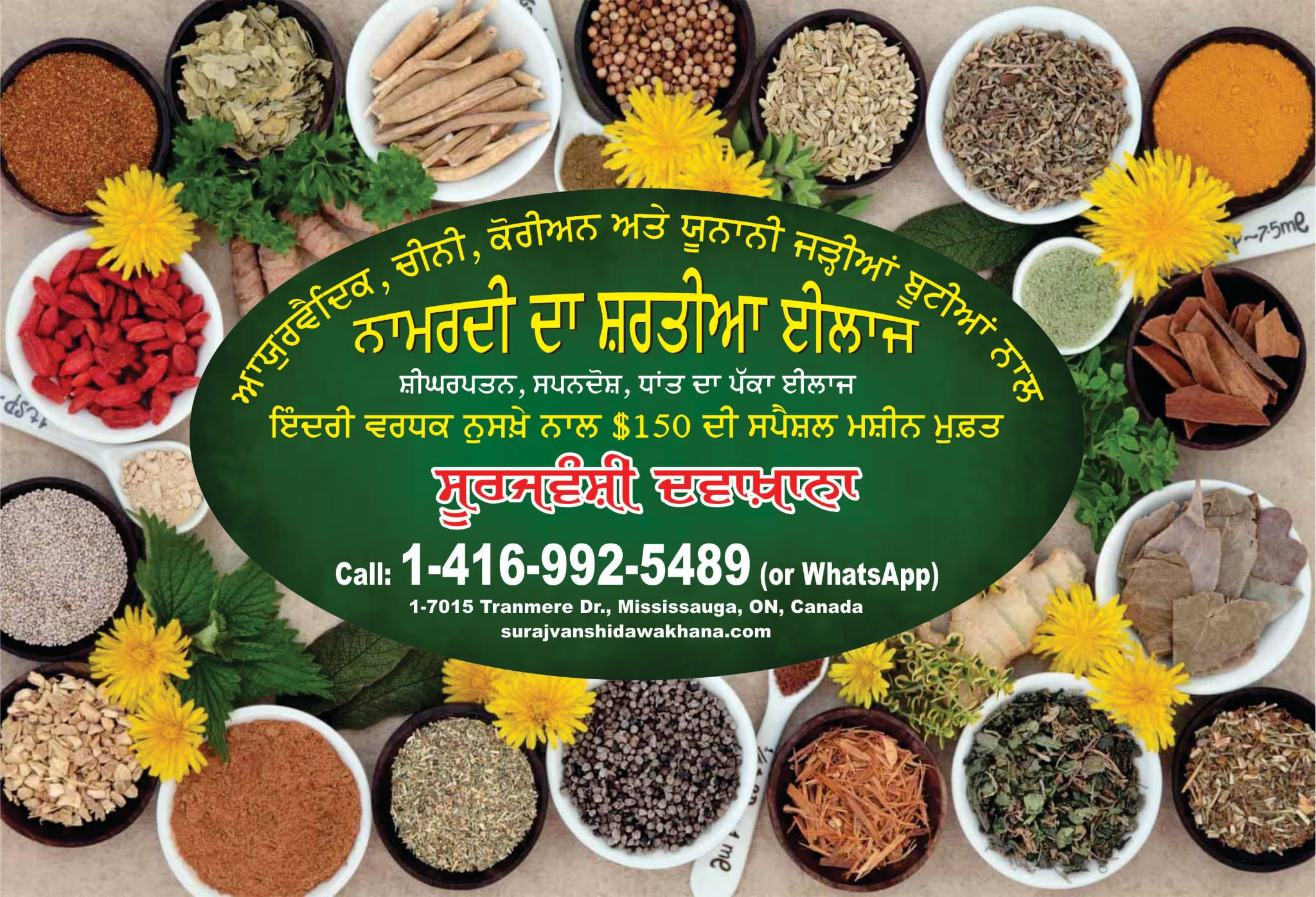

 By Raman Kant
By Raman Kant
Shimla, Aug 9 (Ajit Weekly News/ 101Reporters) “Production costs are increasing every year. When you sell your produce, the prices in the market are not satisfactory. Quitting apple farming and looking for other livelihood options seems like the only way to survive,” says Babu Ram Semta, who has been involved in apple farming on his four bigha land in Shimla district for many years now.
The apple growers community in Himachal Pradesh was already struggling due to high input costs. The revision in GST rates of packaging material and cartons announced on July 18 from 12 to 18 per cent came as a blow to apple farmers in the state who have been having to deal with fertiliser shortage, tax hikes, and lack of transportation and storage facilities.
Following this, Horticulture Produce Marketing & Processing Corporation (HPMC), which sets rates on the packaging material in the state, increased the rates on packaging material from 10.16 per cent to 15.35 per cent. The price of a 20 kg carton has now gone up from Rs 68.87 to Rs 75.65.
Apple farmers, who had taken out a march in July to protest the increasing production costs, announced to gherao the Himachal Pradesh secretariat on August 5.
The table showcases the percentage increase in prices of different variety of cartons
In addition to cartons, prices of the trays used in packaging to prevent damage during transit have gone up from Rs 5 to Rs 8 per piece in the wholesale market. The retail prices are even higher.
Speaking about the increase in packaging costs for farmers, Young and United Grower Organisation’s general secretary Prashant Saheta said: “HPMC makes available 2 to 2.5 lakh cartons to farmers at less than the retail market price, but only 20 per cent of the packaging material needs of the state are fulfilled by this. Most farmers have to buy packaging material in retail, the prices of which are not regulated by the government. The 20 kg cartons are more in demand and cost around Rs 72-90 in the retail market.
“The per carton packaging process costs Rs 10-15. Add to this, the cost of a 100-piece tray bundle priced at Rs 10 per piece in the open market will make for around Rs 1,000; you can see the steep increase in packaging cost for farmers. In the last four years, the prices of cartons have gone up two-fold.”
In addition, the increase in living expenses has also hit the farmers adversely, says Kripal Dholta, a farmer from Chopal town about 90 km from Shimla. “Prices of food and other necessities are shooting up. The daily wage rate for labour for gathering the apples has gone up from Rs 350 in 2020 to Rs 550 now.”
When combined with labour for packaging, the daily rate is around Rs 750, a steep cost for small farmers who make up around 87 per cent of apple growers.
What is also often not taken into account is the cost of transporting the produce from smaller and remote centres often not connected by proper roads—to the market.
Sanyunkt Kisan Manch co-convener Sanjay Chauhan said it is not fair to tax agriculture and horticulture products.
“The agriculture and horticulture sector is already in troubled waters. In this situation, a tax would only make matters worse. Even the fertiliser rates have gone up unprecedentedly in the state. Potash and nitrogen are needed in large quantities for apple production. In 2021, a 50 kg pack of potash would be available for Rs 850. In the last six months, the prices have gone up to Rs 1750. The price of nitrogen fertiliser has also gone up to Rs 1,150. It is not difficult to see by how much the production cost of apple has gone up,” he added, stating that the Sanyukt Kisan Manch has submitted a 20-point memorandum to the state government.
Former Director Research UHF, Nauni Agriculture and horticulture expert SP Bharadwaj said” “The decision to increase GST on packaging material which directly affects the apple gardens is not a step in the right direction.
“Himachal Pradesh sees apple business of over Rs 4,000 crore, of which the state receives a good chunk of profit. The anger of apple farmers towards the state would not be good for the government,” he added.
Ashish Gupta, the former Academy Manager of The International Federation of Organic Agriculture Movements (IFOAM) said: “India does not have a proper supply chain system in place, which aggravates the problem. Apple growers do not get adequate prices in comparison to their production costs. To ensure that farmers get the benefit, we must adopt a true cost account and see that the prices do not go below the farmer’s production cost and transportation cost to market. It should be made clear that the minimum support price of the produce should be above these costs.
“The state can also adopt Madhya Pradesh’s Bhavantar Bhugtan Scheme in which the state government pays farmers the difference between official Minimum Support Price and the rate at which they sell their crops.”
“To encourage apple farming, the state government has to be flexible in its policies. The Centre should increase import duty on apples so that local produce is given precedence in the market, This step will further the government’s ‘vocal for local’ aim. The government should regulate the apple market so that apple farmers’ benefits are not overlooked,” Rohit Kumar Vashishat, PhD Agriculture Economics scholar.
(The author is a Himachal-based freelance journalist and a member of 101Reporters, a pan-India network of grassroots reporters.)
–Ajit Weekly News
raman/ksk/
News Credits – I A N S



